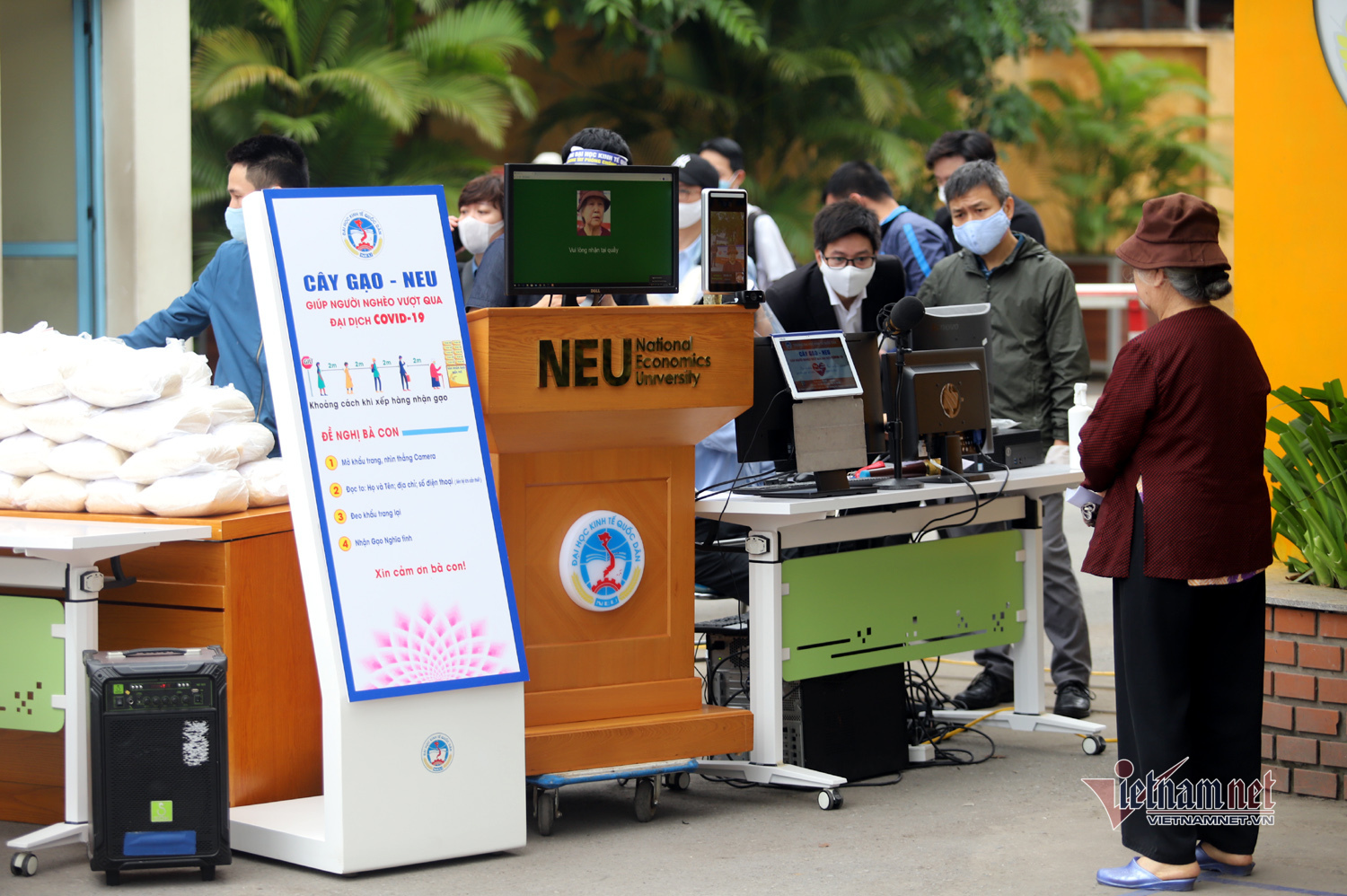What Happened?
From Midnight, March 28, 2020, Vietnam commenced a nation-wide period of “social isolation’’ (or self-isolation). This requires staying at home for a maximum period of time and only leaving the house in cases of emergency. This isolation has been implemented on the principles of “family members staying isolated at their family base, that villages are separated from other villages, commune from communes, districts from other the districts, and province from other provinces.”
The downtown streets of Hanoi, where I live, often crowded and lit up until dawn, were quiet and “resting in silence.” Hanoi City, was a scene of serene beauty, something we only experience sparingly during the Tet holidays.
The city center routes have become deserted, to the point of becoming a playground for children to ride bicycles. All the busiest business stores have closed. Most restaurants and cafes are closed. Only a few sporadic restaurants were open but operating online and not serving directly at the store. Buses have ceased operations. Only motorbike taxi drivers are transporting food ordered online. Schools, pagodas, temples and churches have all closed.
Why?
Why have people in such a busy and crowded city, known for their “sidewalk” lifestyle, shown consensus with the government and taken quarantine so seriously? Especially, when we consider that the country has just over 200 infected cases and 0 deaths?
The answer to this is that Vietnam has applied an effectively integrated strategy of government issuing accurate decisions, e.g. closing schools very early, large-scale quarantining of people coming back from abroad, actively seeking out people who came into contact with infected people to place them under isolation and the wise and efficient mobilization of the national systems. The army was mobilized to serve quarantined people in their army/isolation camps and ward/commune medical station staff were mobilized to trace infected cases and their contacts for quarantine. On this occasion people have shown support for government. In regards to this we should emphasize the role of media.
Hanoi did experience some days of panic. Face mask prices increased 5-6 times their normal value and people queued in long lines without purchasing them. There was even reported cases of fights over opportunities to buy them at inflated prices. People also lined up and crowded into the supermarket to buy provisions to weather the pandemic. Almost all the shelves in supermarkets, especially instant noodles shelves, were emptied. This was shown on T.V., announced on radio and reported in the press.
But as soon as “hoarding” began to raise prices occurred (in other words, goods were stored to create fake scarcity and then inflate prices), city authorities went after such opportunist drug stores and they were swiftly fined. In fact, these were quite high for Vietnam (around $US 1,000-2,000). On the day when people rushed to buy food in stores, the prime minister gave a speech on television to calm people and ensure that there is sufficient food for everyone. The Mayor of Hanoi City stated that the supermarkets had enough goods to sell to Hanoi people for many months. The next day all shelves, and even more shelves than before, were filled with goods. The press, TV, radio all reported this and the news reassured people that they can trust the government during this period.
As early as January 2020, Vietnamese people became aware of the corona virus and the case of Wuhan City. Information about the origin, the deadliness of the virus, the ways it spreads, the tragedy of the dead and specific stories in Wuhan were repeatedly told and shared simultaneously on all media. The Vietnamese immediately identified COVID-19 as an “enemy,” that is as one of four major disasters that can afflict human life (flood, fire, theft/bandits and enemies).
A slogan was produced “fighting the pandemic (COVID-19) is like fighting the enemy” spread throughout the country, even to its remotest parts, urging people to unite to fight against the “Covid-19 enemy.”
““ATM” rice dispensing machines have appeared in big cities such as Saigon, Hanoi and Danang, as well as in remote areas of delta provinces to support the poor, in particular those who have lost their jobs due to the virus.”
Stories about national pride, such as the story about Vietnam sending a flight to the center of the pandemic Wuhan just to bring home 31 Vietnamese citizens were trumpeted by the media. And now, in April, “ATM” rice dispensing machines have appeared in big cities such as Saigon, Hanoi and Danang, as well as in remote areas of delta provinces to support the poor, in particular those who have lost their jobs due to the virus. Such stories of mutual support has left people undeterred even in the face of suffering economic losses and this was given a clear focus in national newspapers.
Clear communication on COVID-19 focus has helped to raise awareness about virus and helped to build trust between the people and the government. To date, these are the main reasons why Vietnam has had relatively few cases of Covid-19.
5 May, 2020
Tuyen Nghiem is working for the Central Institute of Natural Resources and Environmental Studies, Vietnam National University. Her research covers natural resource management, climate change with focus on ecosystem services, community and gender aspects.
Citation
Tuyen Nghiem. 2020. “Self-isolation in Hanoi during COVID-19: What Made it Possible?” CSEAS NEWSLETTER, 78: TBC.



